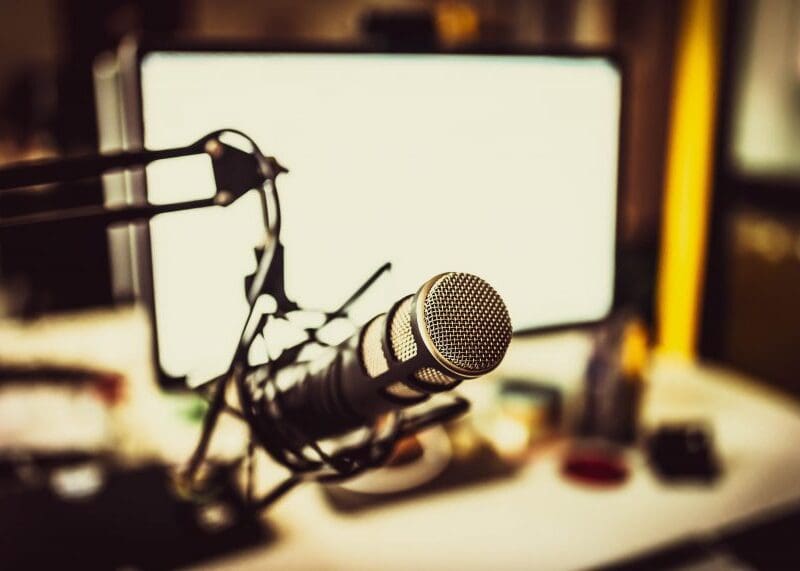
Web Scraping vs. Web Crawling
People often use web scraping and web crawling interchangeably, but they’re far from identical. Both are processes for collecting data, but there are significant differences between them.
So, what is a web crawler, and how is it different from a web scraper? Let’s find out.
Definition of web scraping
Web scraping or web harvesting is the automated process of extracting data from websites. You can use it to download specific data, such as product details and pricing information, from a target website.
In layman’s terms, it means copying the data you need before using various tools to analyze it. You can import it into a spreadsheet or an internal database and integrate the storage location with the desired analytics tool for processing.

Definition of web crawling
Web crawling is the process of scanning websites to index them and help users find relevant content quickly. Besides search engines, website owners rely on web crawlers to scan their pages for potential errors like broken links and duplicates and update their content.
What is a web crawler? It’s an online bot, a.k.a. a spider bot that scans website pages to index them according to keywords, links, meta tags, HTML text, content relevance, and more. Here is some research that goes even deeper into the topic of web crawlers.
Web crawlers help search engines display relevant content in search results and play a part in SEO ranking, helping Google and other search engines rank websites according to the gathered content information.
Key differences
These processes may seem even more confusing now, as both have a role in data mining. Here’s how they are different.
Data retrieval and purpose
Web scraping downloads specific information from websites for further analysis using scraping software, whereas crawling uses bots to read and store all the data from a website.
Web scrapers send requests to the target URL, extract the HTML code, parse the data string to extract relevant information, and download the data.
Web crawlers visit a URL from a specific seed set, retrieve the data, analyze the content, identify links to add to the URL frontier, index the page, and proceed to the following URL until the frontier is empty.
Data deduplication
Data deduplication (filtering duplicate data) is crucial for web crawling. That’s not necessarily the case with scraping that doesn’t include vast amounts of data. Since you use it to parse specific data, you can filter redundant information manually.
The robots exclusion standard
The robots exclusion standard (robots.txt protocol) tells crawler bots which pages they can access and scan. It’s not a protocol for hiding pages from Google and other search engines; that’s possible only by blocking indexing. It only helps prevent unnecessary HTML requests that could overload a website.
So, most spider bots obey this standard, but most scaping tools don’t. That means you can extract any information from a website, even when its robot.txt file tries to prevent it.

Pros and cons
These processes are beneficial but also have particular drawbacks. Here are the most notable to consider.
Web scraping benefits
- Speed, accuracy, and cost-effectiveness — Web scrapers can extract data from multiple websites simultaneously at high speed. They’re affordable and eliminate the need for extra staff.
- Business intelligence — Data extraction can help you conduct market research, analyze the competition, optimize pricing strategies, and monitor industry trends and news to stay relevant.
- Brand protection — Detecting ad fraud, trademark infringement, counterfeit products, and patent theft becomes a breeze with web scraping. You can improve brand, PR, and risk management seamlessly.
Web scraping drawbacks
- Limited functionality — Web scrapers don’t perform data analysis, so you need additional software to process and make sense of the data.
- Regular maintenance — Websites constantly change, so you need to update your scraper regularly. Otherwise, it may provide inaccurate data or stop working.
- IP detection — Many websites block scrapers to prevent resource consumption. Others monitor their websites for IP addresses from specific countries to prevent or restrict access to their content. That means your scraper could get an IP ban, which is why you might want to use a proxy.
Web crawling benefits
- Website improvement — A web crawler can help you analyze metadata, keywords, and links. It can detect website errors like broken links, incorrect URLs, page redirects, and more. It’s an excellent tool for conducting regular website audits for continuous improvement.
- SEO optimization — Your website enhancements can help you boost your SEO ranking, but you can also analyze competitors’ SEO to improve your strategies.
Web crawling drawbacks
- Indexing unstructured data — Spider bots index unstructured data, so you need other tools like web scrapers for converting it into structured data before analyzing it to gain insights.
- IP blocks — Like scrapers, crawlers can get an IP ban, but a proxy can solve that problem.
Conclusion
Web crawling and scraping are essential for gathering valuable data, but they’re two different processes. The former helps you scan and store vast data sets while the latter collects and converts specific information for further analysis. That’s why using both might be the best option for maximizing the outcome.







